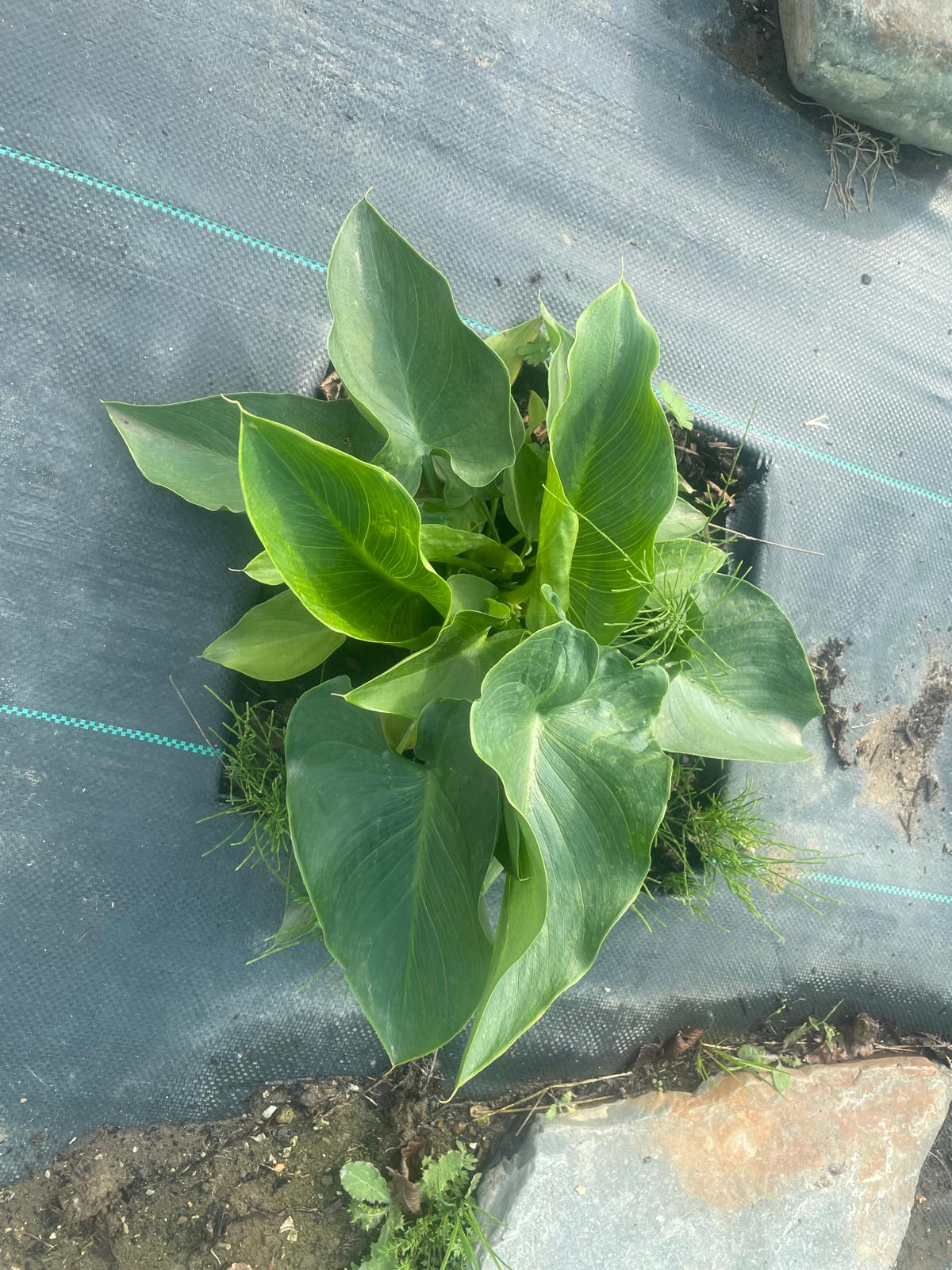Your cart is currently empty!
Queen Calla Lily: A Majestic Flower That Blooms in Elegance

Introduction
The queen calla lily, scientifically known as Zantedeschia aethiopica, is a captivating flower that exudes elegance and sophistication. With its pristine white blooms and distinctive trumpet-like shape, this flower has captured the hearts of gardeners and flower enthusiasts around the globe.
Characteristics and Origin
The queen calla lily is a member of the Araceae family, which also includes other popular plants such as peace lilies and anthurium. It originates from South Africa and is characterized by its:
* Distinctive Bloom: The flower consists of a large, white, trumpet-shaped spathe that encloses a central spadix. The spathe, which often resembles a bridal veil, can grow up to 10 inches in length.
* Erect Foliage: The queen calla lily has long, sword-shaped leaves that grow upright and emerge from a rhizomatous root system.
* Height and Spread: Mature plants can reach heights of 2-3 feet and spread to about 1-2 feet wide.
Cultivation and Care
The queen calla lily is a relatively easy plant to grow and care for, making it suitable for both experienced and novice gardeners. Here are some cultivation tips to ensure its optimal growth and flowering:
* Prefers bright, indirect light.
* Can tolerate partial shade but may produce fewer blooms.
* Keep the soil consistently moist, especially during the growing season.
* Avoid overwatering, as this can lead to root rot.
* Grows best in well-drained, organic-rich soil with a slightly acidic pH.
* Hardy in USDA hardiness zones 8-10.
* Can be grown in colder zones as a houseplant or moved indoors during winter.
* Fertilize every 2-3 weeks with a balanced fertilizer during the growing season.
Uses and Benefits
Beyond its ornamental value, the queen calla lily has several uses and benefits:
* Floral Arrangements: The large, elegant flowers are highly prized for use in bouquets, centerpieces, and floral arrangements.
* Symbolism: In some cultures, the white calla lily represents purity, innocence, and mourning.
* Medicinal Properties: The leaves and roots of the queen calla lily have been traditionally used to treat various ailments, although scientific evidence is limited.
Pest and Disease Management
The queen calla lily is generally resistant to pests and diseases, but can be susceptible to the following:
* Protect plants by using slug or snail traps or barriers.
* Treat infestations with insecticidal soap or neem oil.
* Caused by overwatering or poor drainage.
* Avoid overwatering and ensure the soil is well-draining.
Varieties and Hybrids
There are several varieties and hybrids of the queen calla lily available, each offering unique features:
* Distinctive black spathe with a prominent golden spadix
* Vigorous grower with upright foliage
* Suitable for both garden and container use
* Giant variety with towering foliage
* Produces large, white spathes up to 12 inches in length
* Ideal for creating a dramatic statement in the landscape
* Rare and unusual variety with a bright yellow spathe
* Compact size and elegant foliage
* Adds a cheerful touch to any garden
Conclusion
The queen calla lily, with its majestic blooms and versatile uses, is a captivating flower that adds grace and elegance to any setting. Whether you are a seasoned gardener or a flower enthusiast, incorporating this timeless beauty into your garden or home will bring endless joy and admiration.
Looking for services in Golden? You may also like: Flower Delivery 24.
Our Shop
-
Crowborough — Zantedeschia aethiopica ‘Crowborough’
-
Green Goddess — Zantedeschia ‘Green Goddess’
-
Hercules — Zantedeschia aethiopica ‘Hercules’
-
Highveld — Zantedeschia ‘Highveld’
-
Odorata — Zantedeschia odorata
-
Pink Flamingo — Zantedeschia ‘Pink Flamingo’
-
Pink Mist — Zantedeschia ‘Pink Mist’
-
White Giant — Zantedeschia aethiopica ‘White Giant’










Leave a Reply